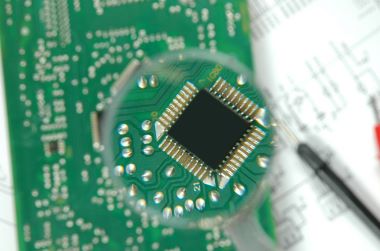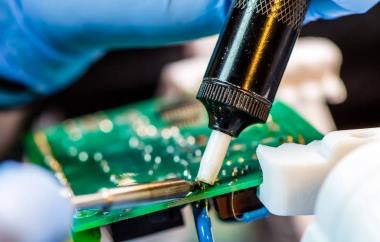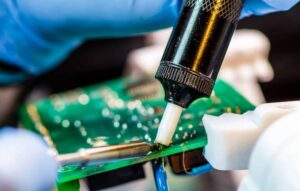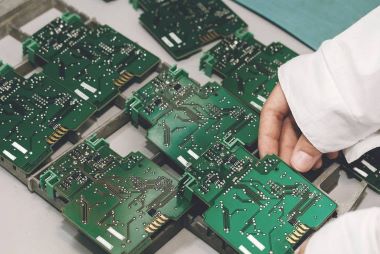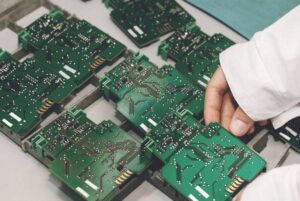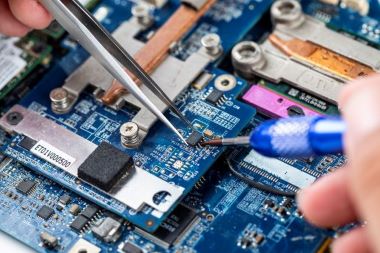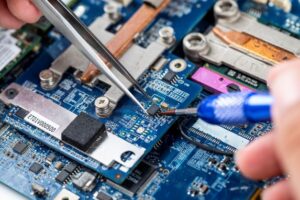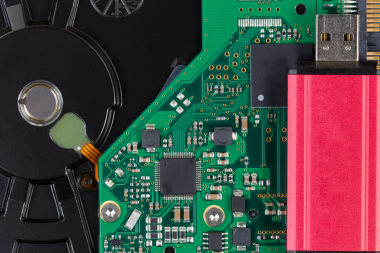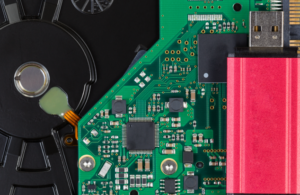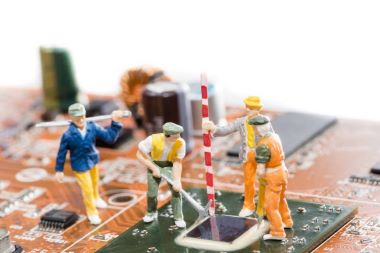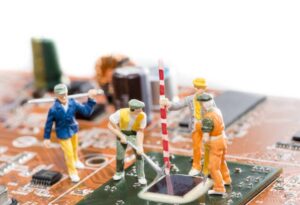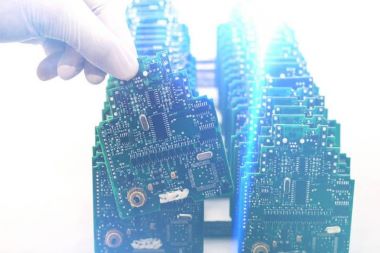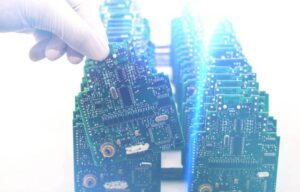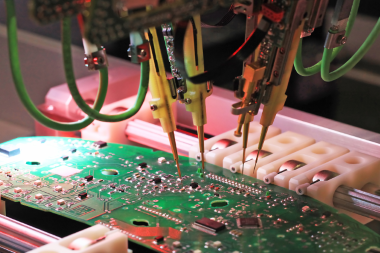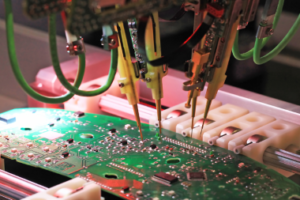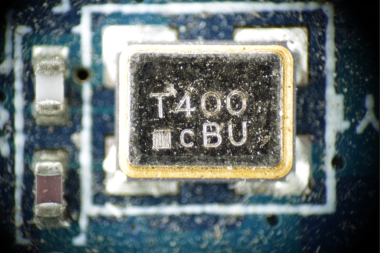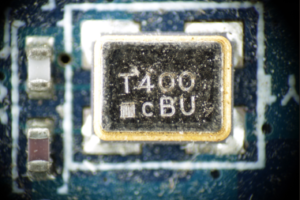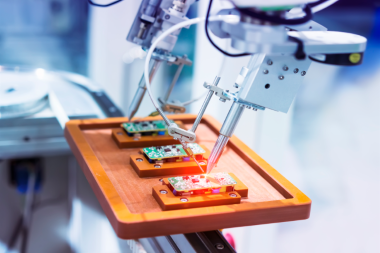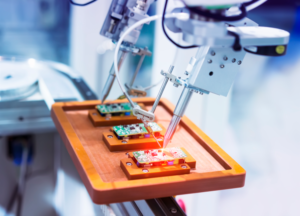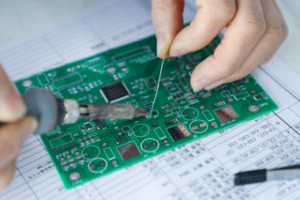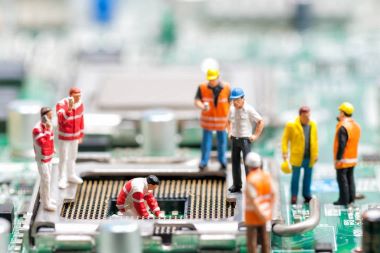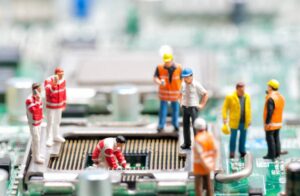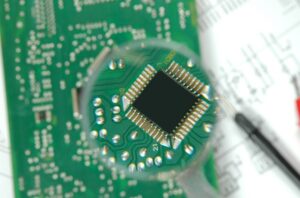
Power supply boards are one of the most common types of PCBs. All devices require a power supply. Efficient power supply board functionality is facilitated by proper and successful PCB design. Proper PCB design can provide clean, uninterrupted power.
It is worth noting that power supplies generate heat, and excessive heat can also affect the use of the board. Therefore, more attention should be paid to temperature control measures.
What are the types of power supplies?
In a broad sense, power supplies are divided into two main categories.
- Linear power supplies:
Linear power supplies are typically used in systems with low power requirements.
- SMPS or switch mode power supplies:
These are more complex and efficient. However, it is worth noting that their switching noise can cause EMI. smps can again be isolated or non-isolated. There are 3 types of non-isolated SMPs as follows.
- Step-down: it lowers the voltage while the current rises
- Boost: it lowers the current while raising the voltage
- Buck-boost: it has the characteristics of both and can raise or lower the voltage.
It is significant to remember that for high level current handling, a wider alignment width is required. It is also important to optimize the component layout in order to control noise. Let’s take a closer look at some of the PCB power supply rules to follow.
PCB power supply guidelines
Ground and power layers in multilayer boards
When dealing with multilayer boards, it is important to have ground and power layers between the outer layer with power components and the inner layer with sensitive signals. The ground plane provides electromagnetic shielding, and if layers are not available, ground polygons are ideal. If a ground plane is indeed required, the PCB power supply design should be separate from the common ground plane.
In addition, the connection between the two grounding points should be limited to one point on the board. Otherwise, you run the risk of ground loops.
Power supply components
Power supply components must be kept together to minimize the length of the alignment. This will help reduce any resistive losses as well as electromagnetic noise emissions.
Component Placement
It is also important to separate the heat generating components from the thermal components. In addition, using a thick copper design will ensure that heat is dissipated from hot spots and will not exacerbate thermal problems. If you are using a buck converter, the input capacitor should be placed next to the IC. As for the output capacitor, it should be placed immediately after the conductor.
Heat dissipation measures
Speaking of heat dissipation, it is important to choose the right heat dissipation method for the PCB. General heat dissipation measures are heat sinks, fans, thermostatic coolers, etc.. However, the heat sink is best used together with the linear regulator.
Summary
The above best practices will ensure that your PCB power supply is optimized. More importantly, choose the right PCB manufacturer for you. KingPCB is the leading PCB supplier in the industry, we have rich experience in manufacturing and assembling single-sided, double-sided and multi-layer boards.
If you have any questions or requests about PCB assembly, please feel free to contact us via email or contact page


